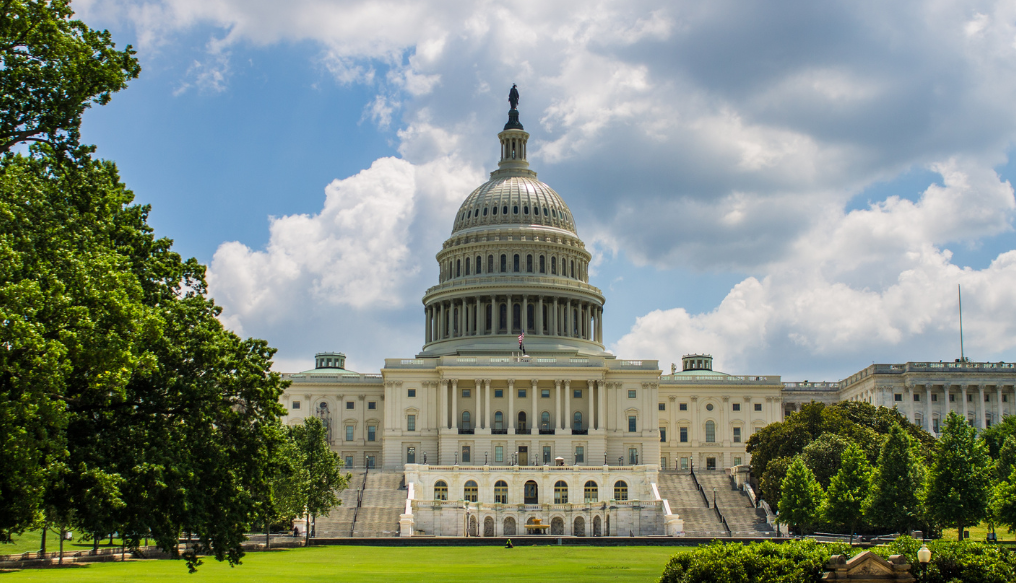
Environmental groups, community-based organizations, worker justice advocates, and manufacturers submitted a letter today urging decisionmakers to protect the investments approved in 2022 for building decarbonization and community resilience. These investments are critical as Californians face hotter summers and colder winters, high gas heating bills, and the health risks associated with gas appliances. Governor Newsom’s January budget proposal to cut $107 million and delay $455 million in funding would leave the state’s most vulnerable households at risk.
The proposed cuts arrive as Californians are burdened with soaring gas heating bills and health harms from gas stoves. In Southern California, gas utility customers have seen their gas bills skyrocket by as much as 100% compared to 6% for electricity bills. This is on top of a recent study that found that gas stoves in California households are linked to 1 in 5 childhood asthma cases and produce concentrations of carcinogenic benzene comparable to secondhand smoke. These impacts are especially significant for communities of color and low-income households who are disproportionately impacted by pollution and its health effects.
The 2022 budget committed $1.4 billion in multi-year funding to help deploy clean, electric appliances to low-income households and working-class communities of color. In addition to delivering clean air, energy-efficient heat pumps also provide stable heating in the winter, life-saving cooling in the summer, and air filtration. The investment also supports creating climate resilience for communities, ensuring high-road jobs, and helping the state achieve its climate goals.
While budget cuts loom in the wake of a deficit, legislators have opportunities to ensure that building decarbonization moves forward.
California can pass legislation for neighborhood-scale decarbonization this year. The California Public Utilities Commission (CPUC) has proposed decommissioning portions of the gas system while electrifying whole communities, including homes, schools, public buildings, and more. Strategic and proactive neighborhood-scale decarbonization funded by the state can ensure that the most vulnerable communities, which may not be able to afford the upfront costs of electrification, are not left behind. Wide-scale electrification also spurs the growth of union jobs and a skilled workforce to support the transition to a clean energy future. Upgrading neighborhoods without being stalled by a single household’s desire to continue using fossil fuels is also critical. The state should provide a solution to this barrier to make sure that neighborhood-scale decarbonization can advance.
The state can also adopt legislation to achieve a reduction in emissions from the building stock by at least 40 percent below 1990 levels by 2030. In California, homes and buildings generate about 25 percent of all greenhouse gas emissions and pollute indoor and outdoor air. To accomplish the state’s goal of carbon neutrality by 2045, decarbonizing the building sector is essential. A thoughtful, long-term plan to transition households to clean, electric appliances can be the most cost-effective path forward while maximizing workforce development, driving the market for manufacturers and contractors, reducing barriers for low-income households, and creating more climate-resilient communities.
Rate reform is another powerful tool to support Californians, particularly low-income households, in the decarbonization of homes and buildings. Current rate design in California serves as a disincentive to transitioning to electricity. The state should prioritize an income-based fixed rate that gives a better value proposition for those switching to electric appliances. This is a progressive way to fund the fixed costs of our energy system, ensuring that lower income customers pay less, proportional to their income. As mentioned above, neighborhood-scale decarbonization projects can help decrease gas system costs and should be explored as a strategy to stabilize gas rates. This would ease the impacts of the transition on those who cannot afford to electrify early, or renter populations that cannot make these decisions without landlord support. Additionally, increased rate discounts, building decarbonization-specific rates, and financing tools can enable Californians to access affordable clean energy.
Inclusive Utility Investment (IUI) financing to help California’s low- and moderate-income (LMI) households upgrade to electric appliances is also on the horizon. Utilities like Pacific Gas & Electric, Southern California Gas Company, and Silicon Valley Clean Energy–a local energy provider serving San Mateo County–have submitted pilot proposals to the CPUC. Commissioners are expected to respond to these proposals this year. Debt-free IUI financing does not require eligibility screening and would be assigned to a site and not the utility customer. This would increase access to financing among low-income households and allow investments in a building to stay at the site.
This year, the California Air Resources Board (CARB) will begin rulemaking for its zero-emissions appliance standard. This first-in-the-nation standard can phase out the sale of gas appliances in California by 2030, and will boost the market share for heat pumps. It is also aligned with Governor Newsom’s targets of 3 million climate-ready homes and the deployment of 6 million heat pumps by 2030, and 7 million climate-ready homes by 2035.
For building decarbonization to make forward progress, statewide coordination is necessary so that investments and state actions don’t work at odds with electrification. The transition to an all-electric future can create more accessibility and affordability in the electric appliance market, spurring innovation like the 120-V heat pump water heater and induction stove, which can plug into standard outlets. A well-managed strategy and plan will also create high-road jobs and support the workforce. Even as California faces a deficit, Governor Newsom and the Legislature can take action through state investments, policy, and regulations to prioritize California households as we transition to clean electric appliances.
